What was on the menu in the Stone Age – and what do bones reveal about early diets?
In the sixth section of the Neanderthal Museum, you will learn how hunters and gatherers lived in harmony with nature, what traces they left (or did not leave) in the landscape – and what modern research is discovering about their health, diet, and environment.
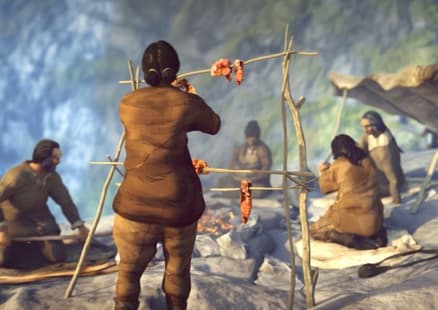
For most of their existence, humans lived in mobile groups. They gathered plants, hunted animals, and moved on when resources were exhausted. Nature determined the rhythm.
Small groups of 20–30 people adapted flexibly to their surroundings. They lived in tents, which meant they could quickly dismantle their camp and move on. Their sustainable way of life left few traces on the landscape.
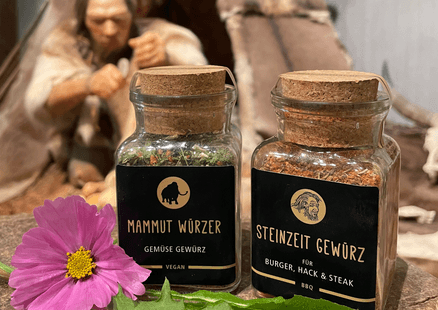
Our popular Mammutwürzer spices, Neanderthal honey straight from the bees in the museum garden, Neanderthal beer, and much more can also be found in our museum shop—online and during your visit to the museum.
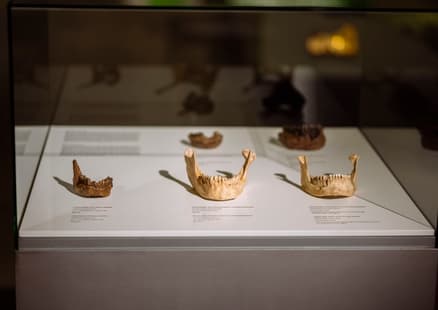
Cooking, frying, and steaming made food easier to digest—with surprising side effects: jaws, teeth, and chewing muscles became smaller. Our faces tell the story.
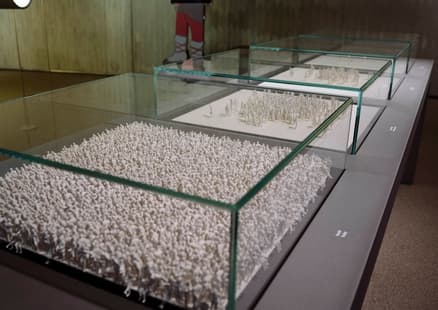
When humans settled down 10,000 years ago, natural use turned into deliberate transformation. Forests were cleared, fields were created, and moors were drained - with consequences that are still felt today. More food meant more people - who in turn needed more food. A cycle became a spiral that increasingly changed humans and the environment.
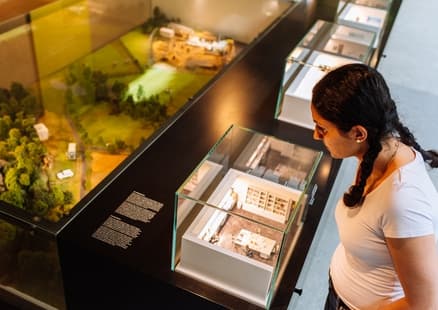
Every excavation destroys the site, which is why everything is documented in detail: drawings, scans, photos, measurement data. This is the only way to gain insights. Whether stone tools, animal bones, or soil samples - every piece is examined. Specialists reconstruct the big picture from many small puzzle pieces: our lives back then.
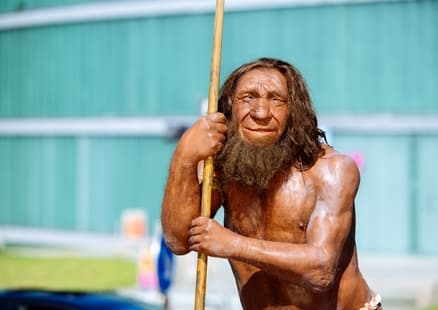
Then visit the Neanderthal Museum in Mettmann!
Experience how our ancestors lived, what they ate, and what their environment looked like - through real finds, modern research, and fascinating stories.